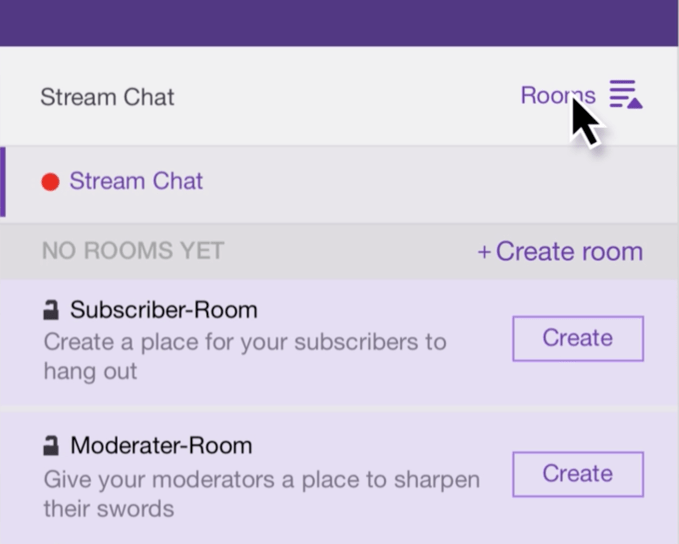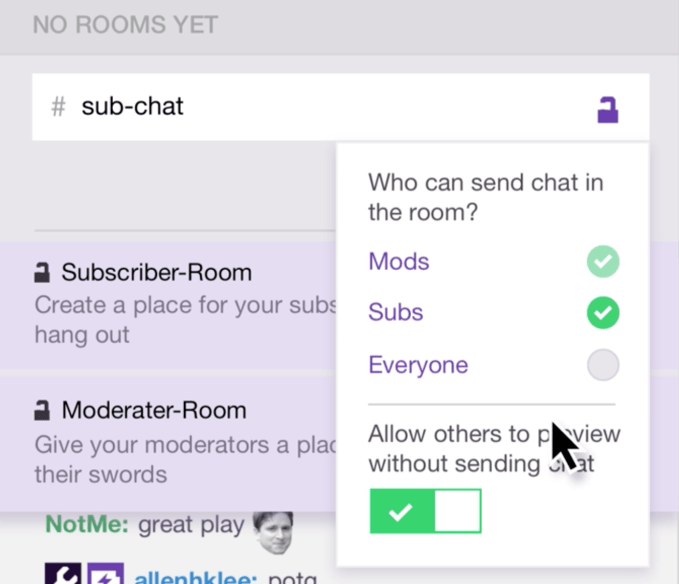Google has added a notable addition to its line of “Go” edition apps – the lightweight apps designed primarily for emerging markets – with the launch of Gmail Go. The app, like others in the Go line, takes up less storage space on users’ smartphones and makes better use of mobile data compared with the regular version of Gmail.
The app also offers standard Gmail features like multiple account support, conversation view, attachments, and push notifications for new messages. It also prioritizes messages from friends and family first, while categorizing promotional and social emails in separate tabs, as Gmail does.
But like other Go apps, Gmail Go doesn’t consume as much storage space on the device.
In fact, according to numerous reports, Gmail Go clocked in at a 9.51 MB download, and takes up roughly 25 MB of space on a device, compared with Gmail’s 20.66 MB download, and 47 MB storage space.
Google has not made a formal announcement about Gmail Go’s launch, but several siteshave spotted its availability on the Google Play store this week. We’ve asked Google for more information about the app’s feature set, and what exactly is it that Go does to reduce the burden on low-end smartphones. The company declined to comment.

Some early adopters have pointed out that scrolling on Gmail Go is a much more choppy experience than on the standard Gmail. It also syncs fewer days of emails and attachments to use less bandwidth.
But overall, there are not many noticeable differences between Gmail and Gmail Go, in terms of feature set.
That’s not always the case with the Go-branded apps. For example, YouTube Go has several unique features, like the ability to download videos for offline viewing, and sharing videos with friends nearby, for example. In Gmail Go’s case, however, it’s only been designed to meet the size and memory requirements of Android Go.
But we have learned why Google didn’t announce Gmail Go: the app is not going to be available to all users. Instead, Gmail Go will only be available to install from the Play Store, and for update purposes, on devices that already have Gmail Go pre-installed. For now, that means only Android O Go edition devices will have the ability to use the app.
If those users prefer, they can choose to install the regular Gmail app, too, and use both side-by-side.
Gmail Go is joining a growing list of Go edition apps, including YouTube Go, Files Go, Google Go, Google Maps Go, Google and Assistant Go.
via: techcrunch




 Tom Warren
Tom Warren
